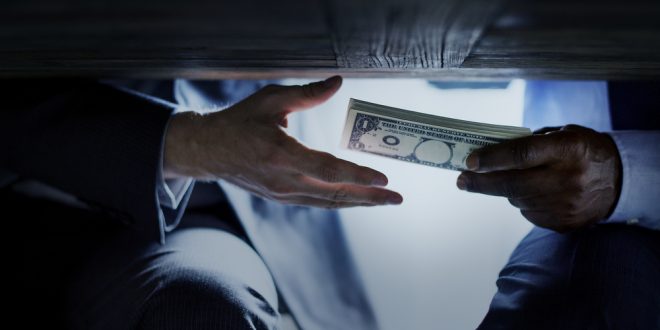The International Betting Integrity Association (IBIA) has recorded a 48% increase in suspicious betting reports from 2019 to 2020, with a 25% increase in football alone.
In total 270 cases were reported, spanning 43 countries and 15 different sports, with 68 occurring in the first quarter. This is opposed to 183 reports in 2019, which were largely attributed to table tennis and esports.
This takes the total figure for the four year period of 2017-2020 to 986 alerts recorded across 17 sports and 95 countries.
“2020 was a turbulent year for many sectors including the betting industry, which had to adjust its market offering due to the global sports lockdown,” said Khalid Ali, CEO of IBIA.
“As a result, IBIA focused its integrity monitoring activity to take account of new sports tournaments and competitions that emerged.”
Tennis and football saw the largest number of alerts at 98 and 61 respectively, accounting for 59% of the alerts, although this was actually a decrease from the 2019 figure of 82%. Of the football reports, 10 came from Vietnam.
Meanwhile, of the 98 tennis reports, 39 were handled by the International Tennis Integrity Agency (ITIA) as intelligence reports, due to being unrelated to major events sanctioned by the world tennis touring bodies. However, some players involved in these events may fall under the jurisdiction of the ITIA’s Tennis Anti-Corruption Programme (TACP).
Notable tennis players and officials sanctioned for betting offences throughout 2020 include Slovakia’s Dagmara Baskova, France’s David Rocher and Bulgarian siblings Karen and Yuri Khachatryan.
Of the players or teams reported for suspicious betting activity, 12 received sporting or criminal sanctions by the IBIA, with several being served lifetime bans.
Ali added: “The association is seeking to work with stakeholders to address any potential integrity issues that may be associated with these new events through a range of actions, including promoting a set of standards for the collation of sports data for betting.
“Whilst there was an increase in overall alerts from 2019 to 2020, it should be noted that the 2020 cases are consistent with the number of alerts reported in both 2017 and 2018.”










